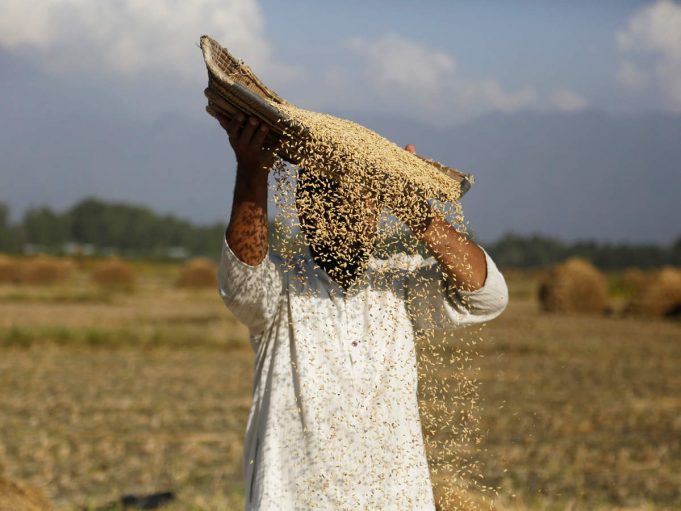FAO food price index rising for the 12th consecutive month. In May reaching the highest level since September 2011, due to non-stop increment in the prices of vegetable oils, sugar, grains and meats. On Thursday The Food And Agriculture Organization first forecast for cereal production in 2021 estimated nearly 2.821 million tonnes.
The FAO, which handles and measures the basket price of food every month. In April, the average of cereals, oilseeds, dairy products, meat, and sugar was 127.1 points, while the revised value in April was 121.3 points.
Compared to April 2021, prices have risen 4.8%, the highest month-on-month growth since October 2010. And they have risen by nearly 40% since May 2020. In May, the index was 127.1 points, only 7.6% below the high point.
On an annual basis, prices rose by 39.7%, while the FAO Food Price Index of cereals rose 6.0% on May month-on-month and 36.6% year-on-year. International prices of barley and sorghum also rose by 5.4% and 3.6% respectively in May. However, wheat prices are still 8.0 points (6.8%) higher than in April on average, and 27.7 points (28.5%) higher than in May 2020.
The vegetable oil price index rose by 7.8% in May. Marking a twelfth consecutive monthly rise mainly driven by rising prices of palm oil, soybeans, and rapeseed. International palm oil prices maintained an upward trend in May and reached their peak level since February 2011. Due to low productivity growth in Southeast Asia and increasing global demand for palm oil.
The sugar price index rose 6.8% from the previous month. Mainly due to crop failure, delayed harvest and concerns about the decline in yields in Brazil, the world’s largest sugar exporter.
The price of all meats has been driven by the acceleration of imports from East Asian countries. Milk prices rose 1.5% month-on-month and 28% year-on-year. The boom came due to the increasing demand for skim and milk powders.
Another reason for the increase in food prices is that the Covid-19 pandemic has caused millions of people to lose their jobs. And has increased concerns about food security, which are already high due to conflict and climate change.
The FAO stated that its forecast for the year 2021 world food production record is based on the estimated annual growth. The growth of maize production by 3.7%, while global wheat production increased by 1.4% year on year. The rice production increased by 1.0%. Consumption in 2021/22 increased by 1.7% to a new high of 2.826 billion tons. It is slightly higher than the production level. In last FAO said, “Total food and cereal consumption is expected to grow with the growth of the global population.”















